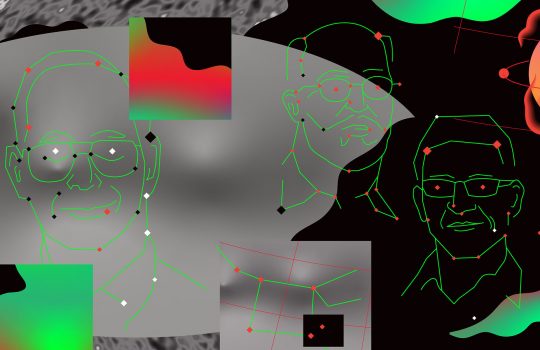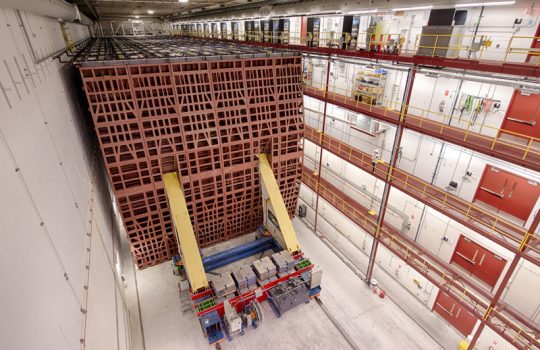Nobel Prize in Physics is awarded to three scientists for work in quantum technology
From the New York Times, October 4, 2022 (Sign-up needed to view): Yesterday, the three winners of the Nobel Prize in Physics were recognized for their experiments in an area that has broad implications for secure information transfer and quantum computing. Read more about how their results have cleared the way for “new technology based upon quantum information.”



